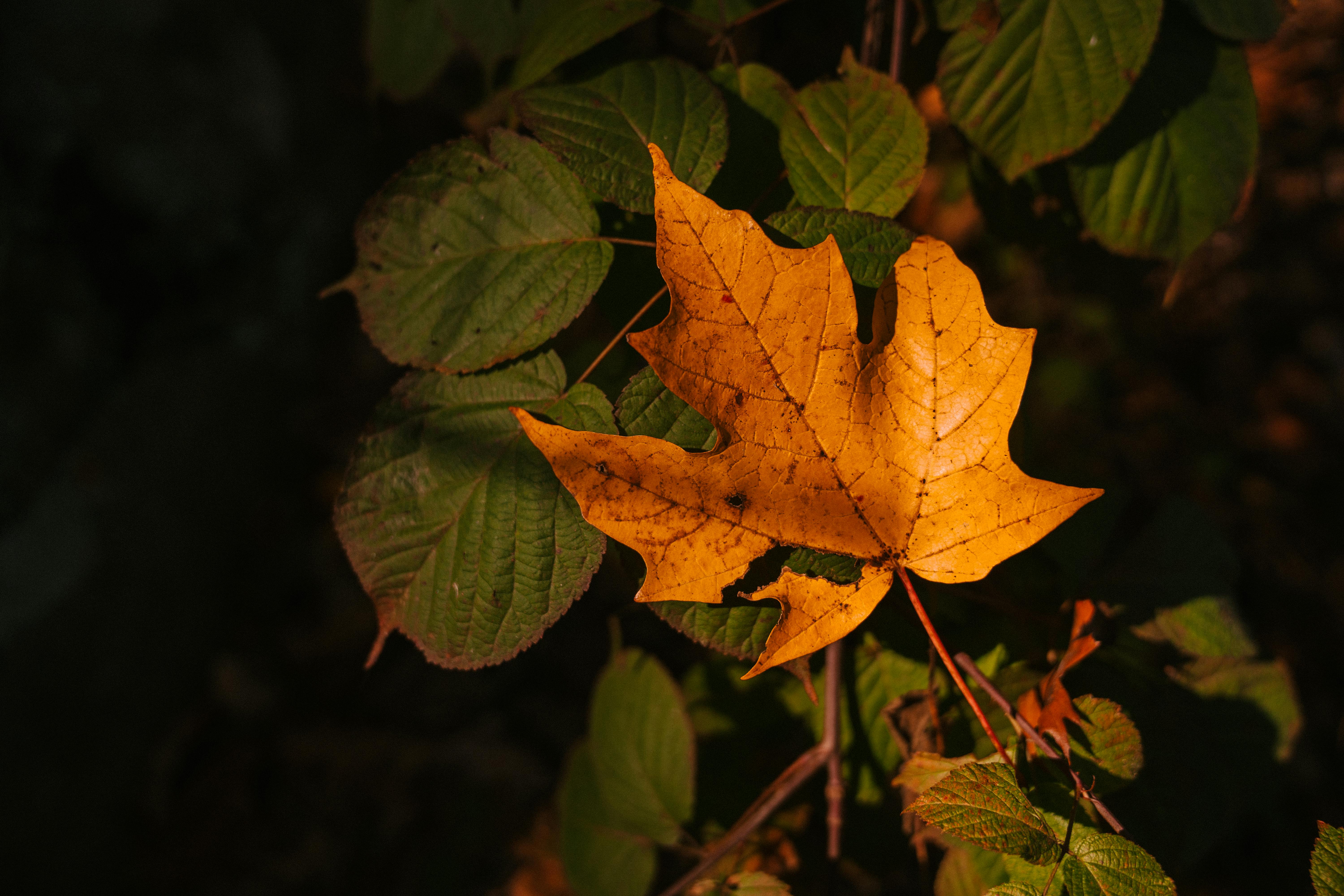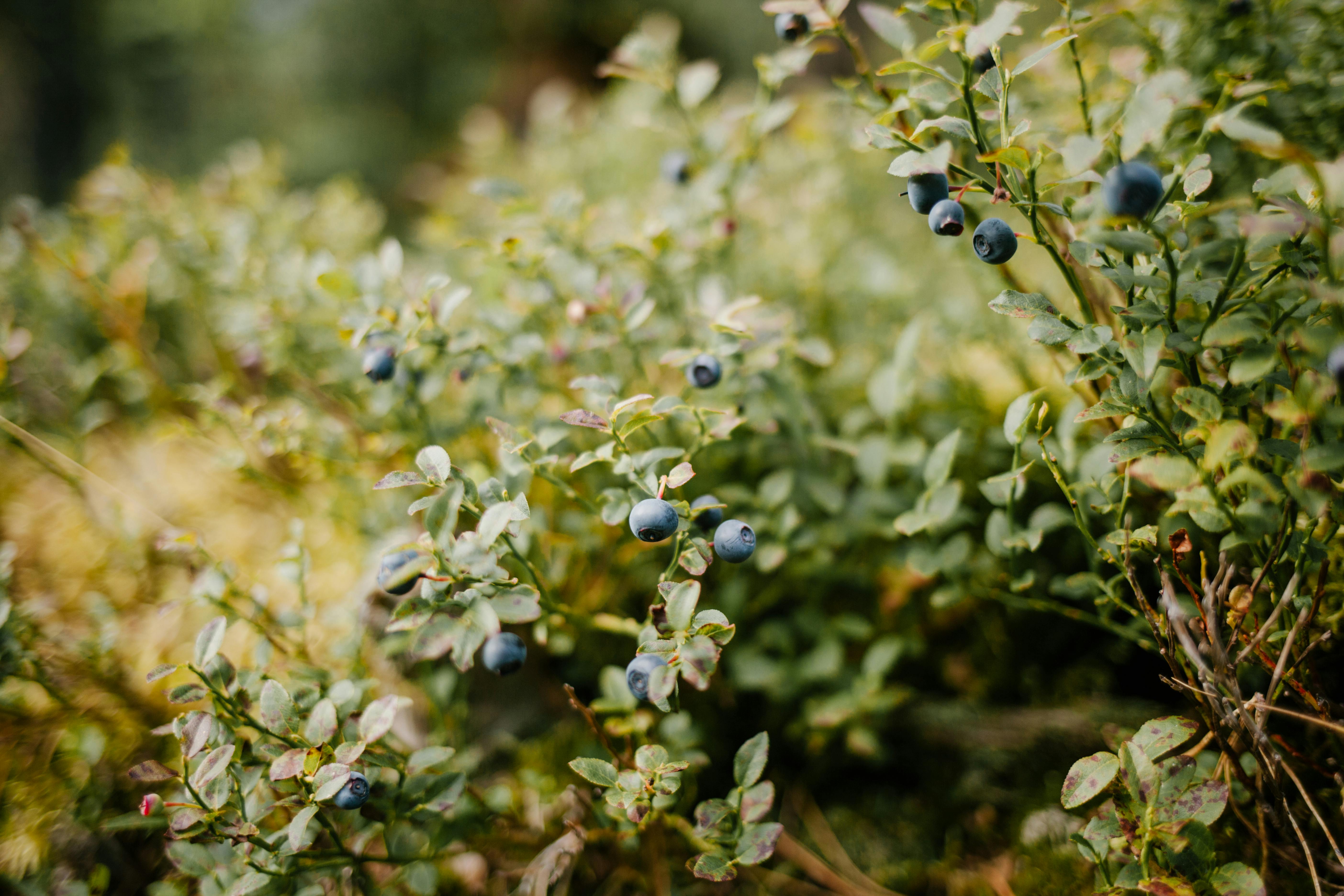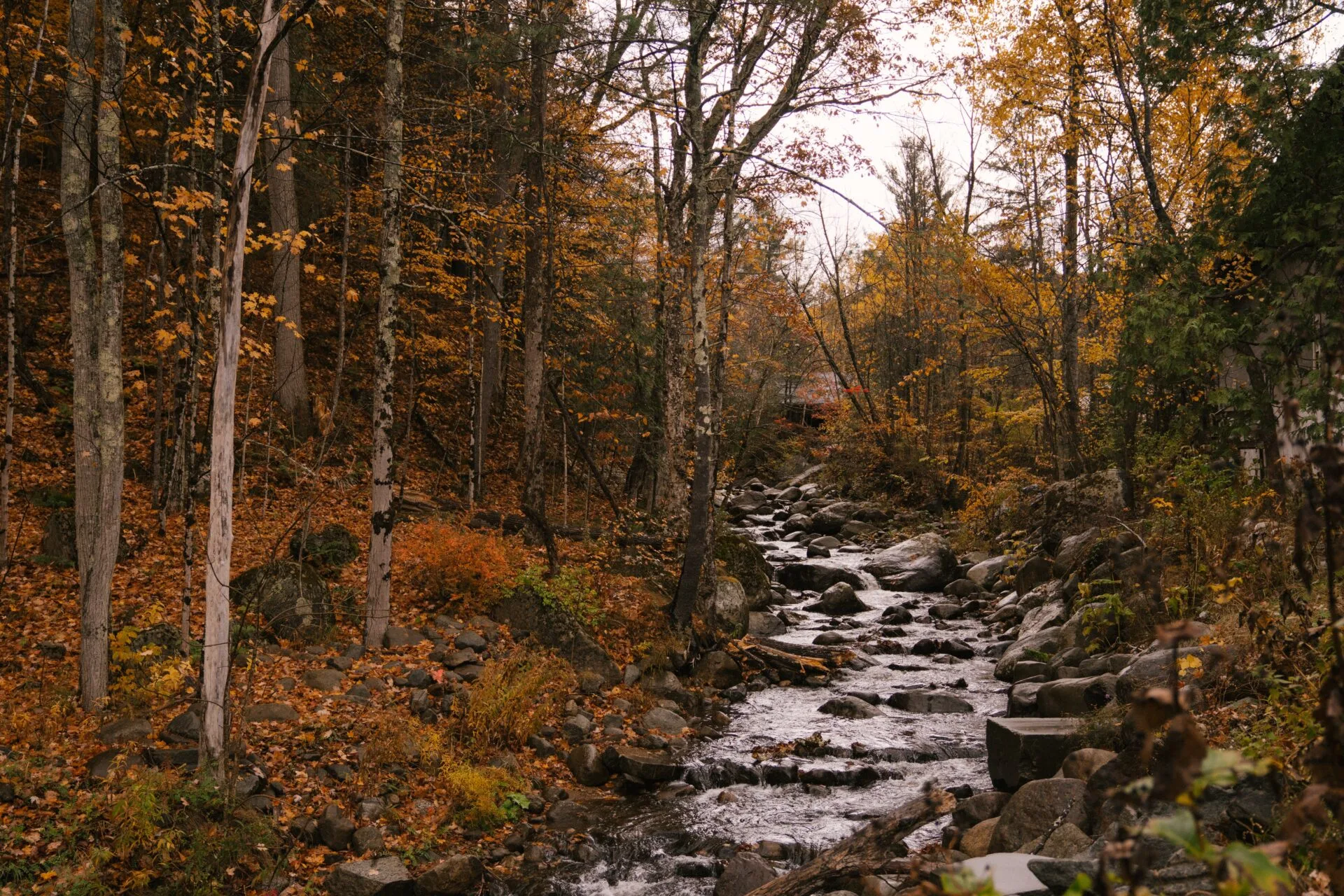If you have noticed that your blueberry bush is turning yellow, you may be wondering what the cause could be. Yellowing of the leaves on a blueberry bush can indicate a variety of issues, from nutrient deficiencies to environmental factors. It is important to identify the cause of the yellowing in order to take the appropriate steps to correct it. In this article, we will discuss some potential causes of why your blueberry bush is turning yellow and how you can help it get back to its healthy state.There are several possible reasons why a blueberry bush is turning yellow. These include nutrient deficiencies, pests and diseases, improper irrigation, and extreme temperatures. Nutrient deficiencies, such as a lack of nitrogen or other essential minerals, can cause leaves to turn yellow. Pests and diseases can also contribute to yellowing leaves. Improper irrigation can lead to an excess of water in the soil, causing the foliage to turn yellow. Lastly, extreme temperatures can cause leaf discoloration in blueberry bushes.
Yellowing in Blueberry Bushes
Blueberry bushes can be a great addition to your garden, but if you notice yellowing of the foliage, it is important to identify the cause and take corrective action. Yellowing can be caused by a variety of environmental factors, pests and diseases. To avoid further damage to your blueberry bushes, it is important to diagnose and treat the problem quickly.
The most common cause of yellowing is inadequate watering. Blueberry bushes need at least one inch of water per week during the growing season to ensure healthy growth. If you have not been providing enough water, increase the frequency and amount of water you are giving your plants. This will help them recover quickly from any dehydration-related stress they may have experienced.
Over-fertilizing can also lead to yellowing in blueberry bushes. Too much fertilizer can cause an imbalance in the soil’s pH level, leading to nutrient deficiencies in your plants. Fertilize only in spring and late summer when necessary using a balanced fertilizer formula specifically for blueberries.
Insect infestations can also cause yellowing of blueberry leaves as they feed on the plant’s tissue. Common pests include aphids, leafhoppers, thrips and mites, which suck sap from the leaves or stems causing discoloration and wilting. To control pest populations, use insecticidal soap or neem oil as directed on product labels.
Finally, disease can also cause yellowing in blueberries such as bacterial blight, leaf spot or root rot. These diseases are caused by fungus or bacteria that infect the foliage or roots of the plant causing discoloration and wilting of leaves as well as stunted growth. To prevent disease spread from one plant to another keep your garden well weeded and prune away any infected branches immediately after identifying them.
What to Do if Your Blueberry Bush is Turning Yellow?
If you’ve been growing blueberries for a while, you may have noticed that your bush is starting to turn yellow. This is a common problem for many gardeners, and it can be caused by several different things. The good news is that there are steps you can take to fix the issue and get your blueberry bush back to its healthy state.
First, it’s important to determine the cause of the yellowing leaves. If the yellowing is accompanied by other symptoms such as wilting or spots on the leaves, it could be a sign of disease or insect damage. If this is the case, you should consult an expert to identify and treat the problem.
If there are no other symptoms present, it could be due to a lack of nutrients in the soil or environmental stressors like too much sunlight or too little water. To check for nutrient deficiencies, you can perform a soil test or have your soil tested by a professional. Once you know what nutrients are lacking, you can amend your soil with fertilizer accordingly.
It’s also important to make sure that your blueberry bush is getting enough water. Blueberries prefer well-drained soils with regular waterings during dry periods in order to keep their roots from drying out. If you live in an area with hot summers, you may need to water more frequently than usual during these months.
Finally, consider pruning your blueberry bush if it has become overgrown or if it has dead branches that need removing. Pruning will help increase air circulation around the plant and promote healthy growth in general.
By following these steps, you should be able to get your blueberry bush back into shape and restore its vibrant color!
Common Signs of Nutrient Deficiencies in Blueberry Bushes
Blueberry bushes are popular home garden plants due to their delicious berries and easy care requirements. However, like any other plant, they can suffer from nutrient deficiencies which can affect the health and productivity of the plant. Common signs of nutrient deficiencies in blueberry bushes include yellowing or discolored leaves, stunted growth, poor fruit production, and poor flowering.
Yellowing or discolored leaves are often a sign of a nitrogen deficiency. Nitrogen is an essential element for photosynthesis and is often lacking in soil that has not been fertilized regularly. To address this issue, apply a balanced fertilizer that contains nitrogen to the soil around the blueberry bush.
Stunted growth may be caused by a lack of phosphorus or potassium in the soil. Phosphorus is necessary for root development and flower production while potassium helps to regulate water and mineral absorption in plants. To correct this deficiency, apply a fertilizer that contains phosphorus and potassium to the soil around the blueberry bush.
Poor fruit production can be caused by an iron deficiency in the soil. Iron helps to support healthy foliage and flower development which are essential for fruit production. To correct this deficiency, apply an iron-rich fertilizer to the soil around your blueberry bush once every two weeks during the growing season.
Poor flowering may be caused by a magnesium deficiency in the soil. Magnesium helps to promote healthy stem growth which is necessary for successful flowering and berry production. To correct this deficiency, apply Epsom salts or dolomitic lime to the soil around your blueberry bush once every two weeks during the growing season.
If you notice any of these signs of nutrient deficiencies in your blueberry bush, it’s important to take action right away to ensure that your plant remains healthy and productive for years to come!
Checking the Soil: pH Balance and Nutrient Levels
Gardening and farming is a delicate process that requires attention to many details in order to ensure a successful harvest. One of the most important aspects is to check the soil for its pH balance and nutrient levels. The pH balance of the soil will determine how well plants can absorb nutrients, while nutrient levels will determine how much nutrition is available to them. By monitoring these two factors, gardeners can make sure their plants are getting the right amount of nourishment for optimal growth.
The pH balance of soil is measured on a scale from 0-14, with 7 being neutral. Soil that falls below 7 is considered acidic, while soil above 7 is considered alkaline. Different plants thrive in different soil types, so it’s important to know what your plants need before you start gardening or farming. Generally speaking, most vegetables prefer slightly acidic soil with a pH between 6-7 while flowers prefer more alkaline conditions between 7-8. It’s also important to note that rainwater can alter the pH balance of your soil over time so regular testing may be necessary even if you’ve already determined what type of soil your plants prefer.
In addition to checking for pH balance, it’s also important to monitor nutrient levels in your soil. Nutrients like nitrogen, phosphorus and potassium are essential for plant growth and development and can be tested with an at-home soil testing kit or sent away for professional testing if desired. Most vegetable gardens require more nitrogen than flower gardens do, so it’s important to keep an eye on nitrogen levels if you plan on growing vegetables in your garden or farm plot. Likewise, phosphorus and potassium are both essential for root development so these should also be monitored regularly as well.
Overall, checking the pH balance and nutrient levels of your soil is an essential part of gardening or farming successfully. Knowing what type of environment your plants need will help you tailor your planting practices accordingly and ensure that you get the best yield possible from your garden or farm plot!

Identifying Insect Infestations That Can Contribute to Blueberry Bush Turning Yellow
When a blueberry bush turns yellow, it could be an indicator of insect infestation. There are several common insect pests that feed on blueberry bushes, including aphids, mites, and scale insects. These pests can cause not only damage to the leaves and fruit of the plant but can also cause yellowing of the foliage. It is important to identify the type of pest infestation and take appropriate steps to control or eliminate it.
Aphids are small, soft-bodied insects that feed on the sap from the leaves and stems of blueberry bushes. They can cause yellowing of the leaves as they suck out their nutrients, leaving them weak and unable to photosynthesize efficiently. They also secrete a sticky substance called honeydew which attracts ants and other insects that can further damage the plant.
Mites are tiny arachnids that feed on the underside of blueberry bush leaves. They cause yellow stippling or spotting on the upper surface of the leaves as they suck out their nutrients. Mites can reproduce quickly so treatment must be done immediately in order to prevent further damage.
Scale insects are small, hard-shelled insects that attach themselves to branches and stems of blueberries bushes where they feed on sap from these areas. They may also exude a sticky substance called honeydew which attracts ants and other pests which can further damage the plant. Scale infestations can lead to yellowing or browning foliage as well as poor fruit production.
If you suspect an insect infestation is causing your blueberry bush to turn yellow, it is important to identify what type of pest is present in order to take appropriate action for control or elimination. Treatments vary depending on what kind of pest is present so it is important to identify correctly before taking any action. Taking proper steps for control or elimination will help protect your blueberry bush from further damage and restore its health and vigor so that it will produce healthy fruit for years to come!
Caring for a Blueberry Bush During and After the Yellowing Process
Caring for a blueberry bush during and after the yellowing process is essential for maintaining its health and productivity. This process can be a challenge, but with proper care and attention, your blueberry bush can thrive. When a blueberry bush starts to yellow, it is important to determine the cause of the yellowing before taking any action. Common causes of yellowing include disease, pests, improper watering, or nutrient deficiencies. Once you identify the cause of the yellowing, you can take steps to address it.
For example, if disease or pests are causing the problem, you will need to treat your bush with appropriate fungicides or insecticides. If improper watering is causing the yellowing leaves, then you will need to adjust your watering schedule and make sure that your blueberry bush is receiving enough water. Lastly, if nutrient deficiencies are causing the issue, then you will need to fertilize your blueberry bush with a fertilizer that contains essential nutrients such as nitrogen, phosphorus and potassium.
Once you have addressed the underlying cause of the yellowing leaves on your blueberry bush, it is important to ensure that it continues to receive proper care. This includes providing adequate sunlight and water as well as regular pruning in order to maintain its shape and vigor. Additionally, mulching around your blueberry bush will help retain moisture in the soil and prevent weeds from taking over. Finally, regular inspections should be done in order to spot any signs of disease or pest infestations so that they can be treated quickly before they become too severe.
By following these steps and providing proper care for your blueberry bush during and after the yellowing process, you can ensure that it remains healthy and productive for many years to come.
Pruning Techniques for a Healthy Blueberry Bush
Pruning is an important part of maintaining a healthy blueberry bush. Pruning is used to remove dead or diseased branches, encourage new growth, and help the bush to remain productive. The best time of year to prune a blueberry bush is late winter or early spring before it begins actively growing. Pruning should be done with sharp pruning shears, making sure to cut just above an outward-facing bud.
It is important to thin out the branches of a blueberry bush when pruning in order to improve air circulation and reduce disease. Begin by removing any dead or diseased branches that are easily identified. Remove any branches that are crossing over each other or rubbing against one another as they can cause disease and damage. Also, aim to reduce the amount of dense foliage as this will help increase air circulation between the branches and reduce disease problems.
In addition to removing unwanted growth, pruning can also be used to help encourage new growth on the bush. When pruning, look for any sucker growths around the base of the plant or any tall branches that may be shading out lower parts of the plant. These should be removed in order to allow more sunlight into the lower parts of the plant which will encourage new growth throughout the bush.
Finally, it is important not to over-prune your blueberry bush as this can cause stress and damage to the plant and reduce its productivity. A good rule of thumb is to remove no more than one third of the total branching structure in any given year during pruning season. If you take care not to over-prune your blueberry bush, you can expect it to remain healthy for many years!

Conclusion
Blueberry bushes turning yellow can be caused by a variety of factors, including nutrient deficiency, water stress, pests and diseases, or environmental conditions. Understanding what is causing the yellowing of leaves on your blueberry bush can help you take the appropriate measures to address the issue. Regular pruning and fertilizing of your blueberry bushes can help protect them from any potential issues that may arise in the future.
If you suspect that your blueberry bush is suffering from a nutrient deficiency or water stress, try improving the soil conditions by adding organic matter and ensuring that there is an adequate amount of water available for the bush to thrive. If you notice any signs of pests or diseases, it is important to take immediate action to address the issue before it becomes worse. With proper care and maintenance, you can ensure that your blueberry bush remains healthy and continues to produce delicious fruit for many years to come.



